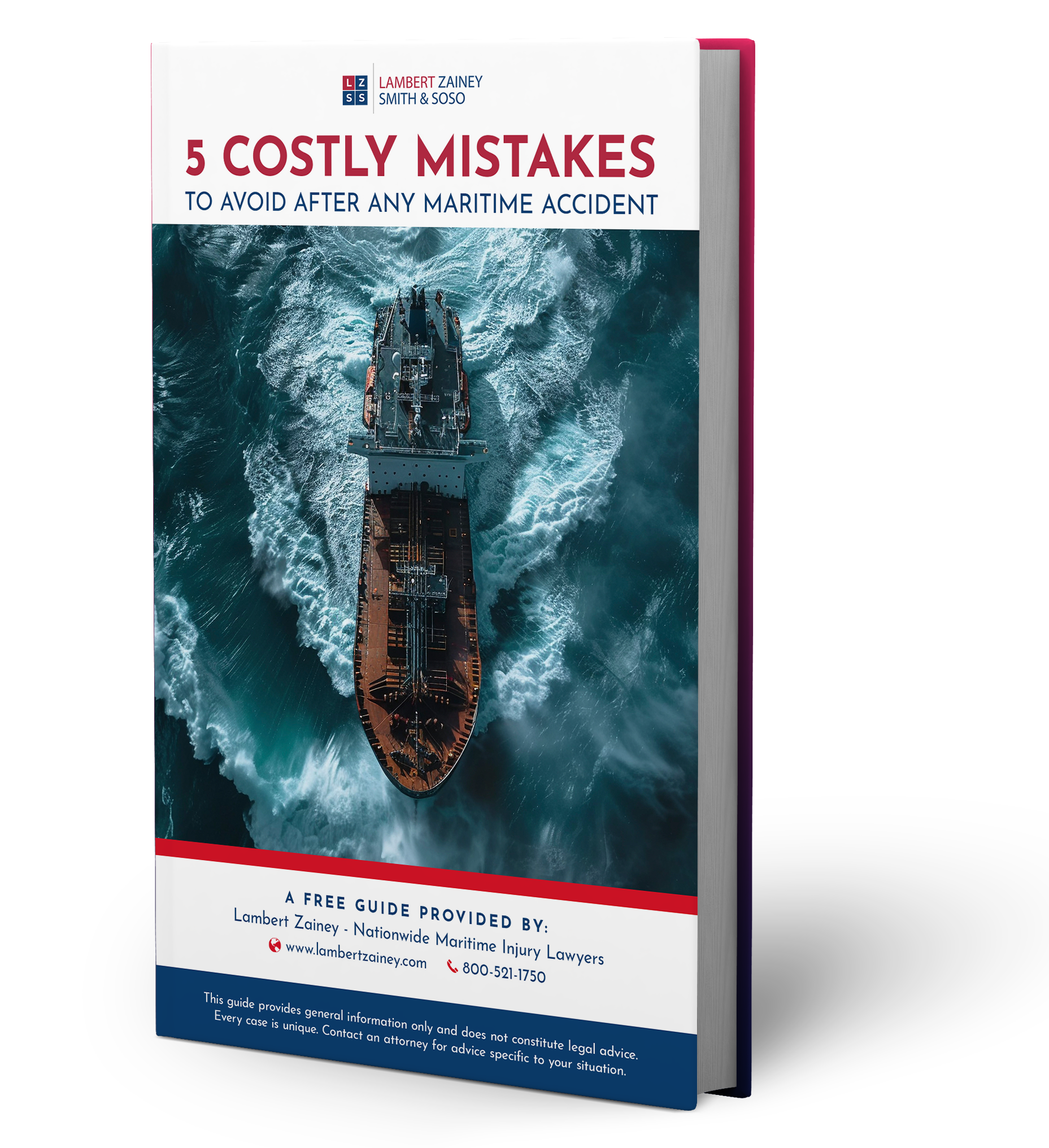Welding fumes are a danger to any welder, especially when working in confined spaces that are often found on ships and offshore rigs. Confined spaces such as ballast and fuels tanks, crane pedestals, mud pits, or any below deck structural repairs on a vessel or offshore rig can prove to be exceptionally hazardous to welders and other workers around them who are exposed to welding fumes.

Why Are Welding Fumes Dangerous to Maritime and Offshore Workers?
Welding fumes can contain different types of hazardous materials, depending on the composition of the substrate and welding rods used in welding activities. Iron and steel substrates with rods of similar composition will produce mostly iron oxide fumes. Stainless steel fumes contain nickel and chromium. Plated, galvanized or painted metals may generate fumes of cadmium, zinc oxide or even lead. Toxic gases such as carbon monoxide can be produced in welding fumes as well.
All these different types of fumes are dangerous to anyone close enough to inhale them, especially in confined spaces where welding often takes place.
Minimizing Risk of Welding Fumes Injuries with Adequate Ventilation
Adequate ventilation is the primary way the danger of welding fumes is minimized. Ventilation is something that an employer or an employers safety department should provide for workers. If it is not provided, they should give the workers proper instruction on how to ventilate confined spaces. Any welder whose employer ignores proper welding fumes ventilation is putting employees at risk.
Ventilation can be accomplished by the use of two fans with tubing attached. One fan should be blowing into the tank and the other blowing out of the tank. One tube should be in the tank or confined space and the other coming out of the manhole or some type of access point.

Ventilation is so critical because welders often do not wear any type of respiratory protection. Often, welders only protection from welding fumes is a welding hood. Welding hoods protect the eyes from ultraviolet lights and spatter from the welding arc but offer no protection from the welding fumes in the air. While respiratory protection for welders is available, it is not widely used.
Get Our FREE Guide to Protect Your Claim
What you do after an accident is critical. Insurance companies will try to get you to make mistakes that can hurt your claim. Our free guide can help you avoid these traps.
Download our complimentary guide: “5 Costly Mistakes to Avoid After Any Maritime Accident” to arm yourself with the knowledge you need to protect your rights.
Symptoms of Exposure
Exposure to welding fumes can be detected by looking for symptoms including:
Chronic injuries of the respiratory tract and lungs as well as the central nervous system can result from ingestion of large quantities of welding fumes. Lung cancer and Parkinson’s disease are some of the more serious chronic diseases that can result from unchecked ingestion of welding fumes.
Lambert Zaineys represents victims of maritime and offshore injury accidents. If you or a loved one has experienced a welding injury, contact Lambert Zainey today for a free case evaluation.
Welding fumes are a danger to any welder, especially when working in confined spaces that are often found on ships and offshore rigs. Confined spaces such as ballast and fuels tanks, crane pedestals, mud pits, or any below deck structural repairs on a vessel or offshore rig can prove to be exceptionally hazardous to welders and other workers around them who are exposed to welding fumes.

Why Are Welding Fumes Dangerous to Maritime and Offshore Workers?
Welding fumes can contain different types of hazardous materials, depending on the composition of the substrate and welding rods used in welding activities. Iron and steel substrates with rods of similar composition will produce mostly iron oxide fumes. Stainless steel fumes contain nickel and chromium. Plated, galvanized or painted metals may generate fumes of cadmium, zinc oxide or even lead. Toxic gases such as carbon monoxide can be produced in welding fumes as well.
All these different types of fumes are dangerous to anyone close enough to inhale them, especially in confined spaces where welding often takes place.
Minimizing Risk of Welding Fumes Injuries with Adequate Ventilation
Adequate ventilation is the primary way the danger of welding fumes is minimized. Ventilation is something that an employer or an employers safety department should provide for workers. If it is not provided, they should give the workers proper instruction on how to ventilate confined spaces. Any welder whose employer ignores proper welding fumes ventilation is putting employees at risk.
Ventilation can be accomplished by the use of two fans with tubing attached. One fan should be blowing into the tank and the other blowing out of the tank. One tube should be in the tank or confined space and the other coming out of the manhole or some type of access point.

Ventilation is so critical because welders often do not wear any type of respiratory protection. Often, welders only protection from welding fumes is a welding hood. Welding hoods protect the eyes from ultraviolet lights and spatter from the welding arc but offer no protection from the welding fumes in the air. While respiratory protection for welders is available, it is not widely used.
Get Our FREE Guide to Protect Your Claim
What you do after an accident is critical. Insurance companies will try to get you to make mistakes that can hurt your claim. Our free guide can help you avoid these traps.
Download our complimentary guide: “5 Costly Mistakes to Avoid After Any Maritime Accident” to arm yourself with the knowledge you need to protect your rights.
Symptoms of Exposure
Exposure to welding fumes can be detected by looking for symptoms including:
Chronic injuries of the respiratory tract and lungs as well as the central nervous system can result from ingestion of large quantities of welding fumes. Lung cancer and Parkinson’s disease are some of the more serious chronic diseases that can result from unchecked ingestion of welding fumes.
Lambert Zaineys represents victims of maritime and offshore injury accidents. If you or a loved one has experienced a welding injury, contact Lambert Zainey today for a free case evaluation.








